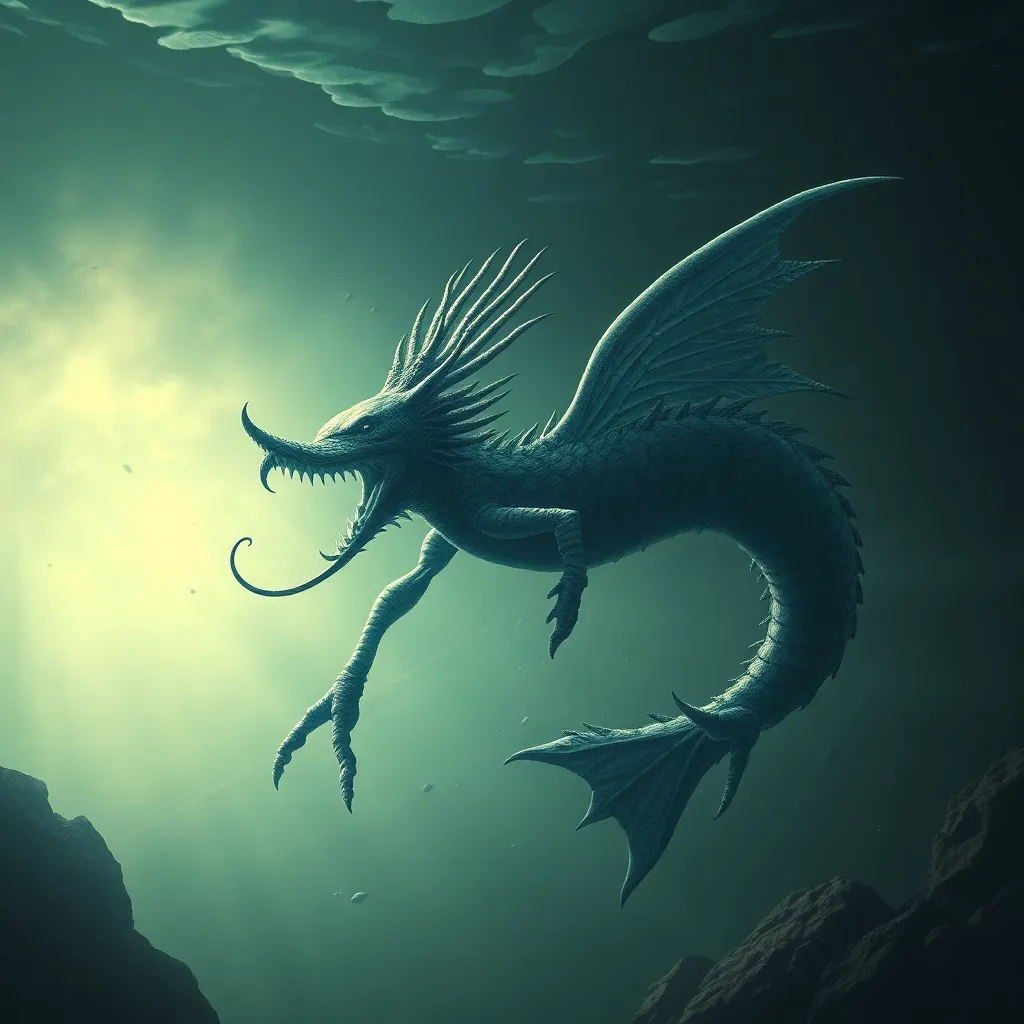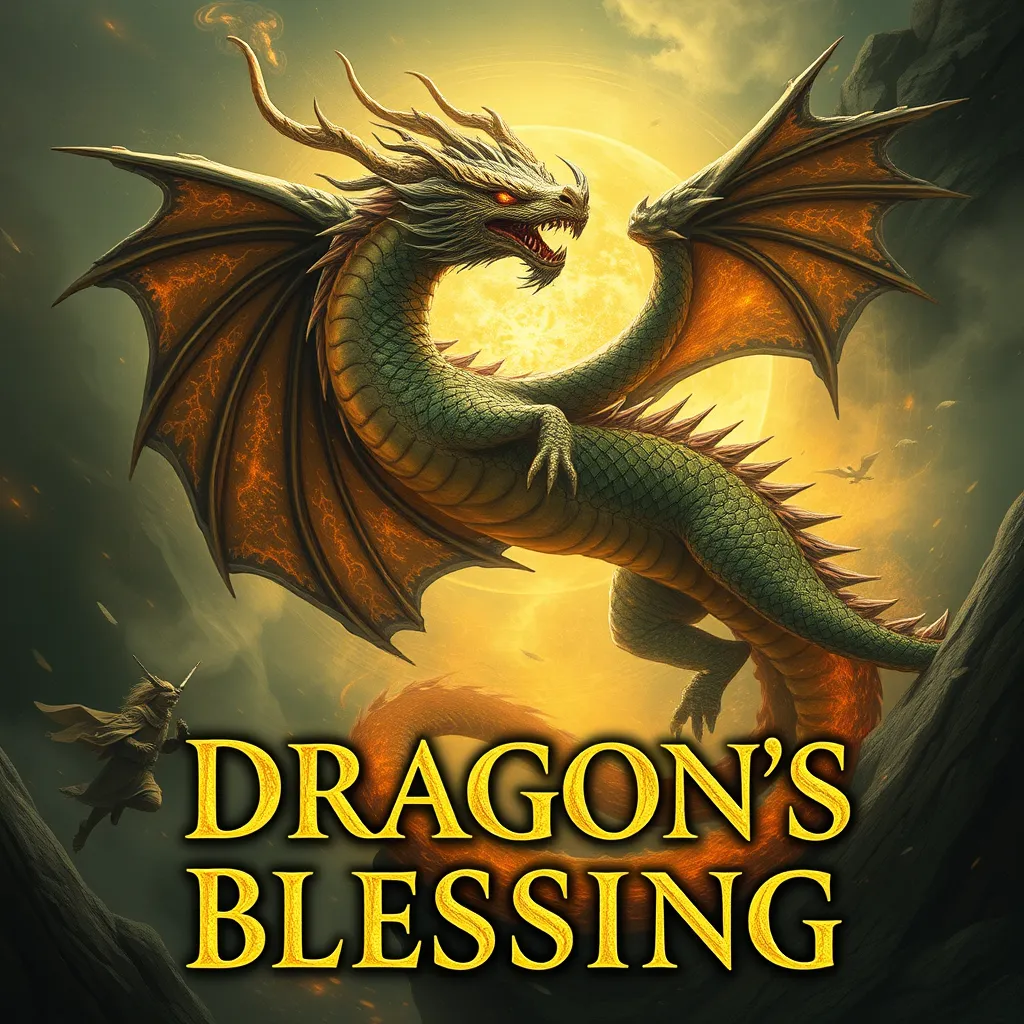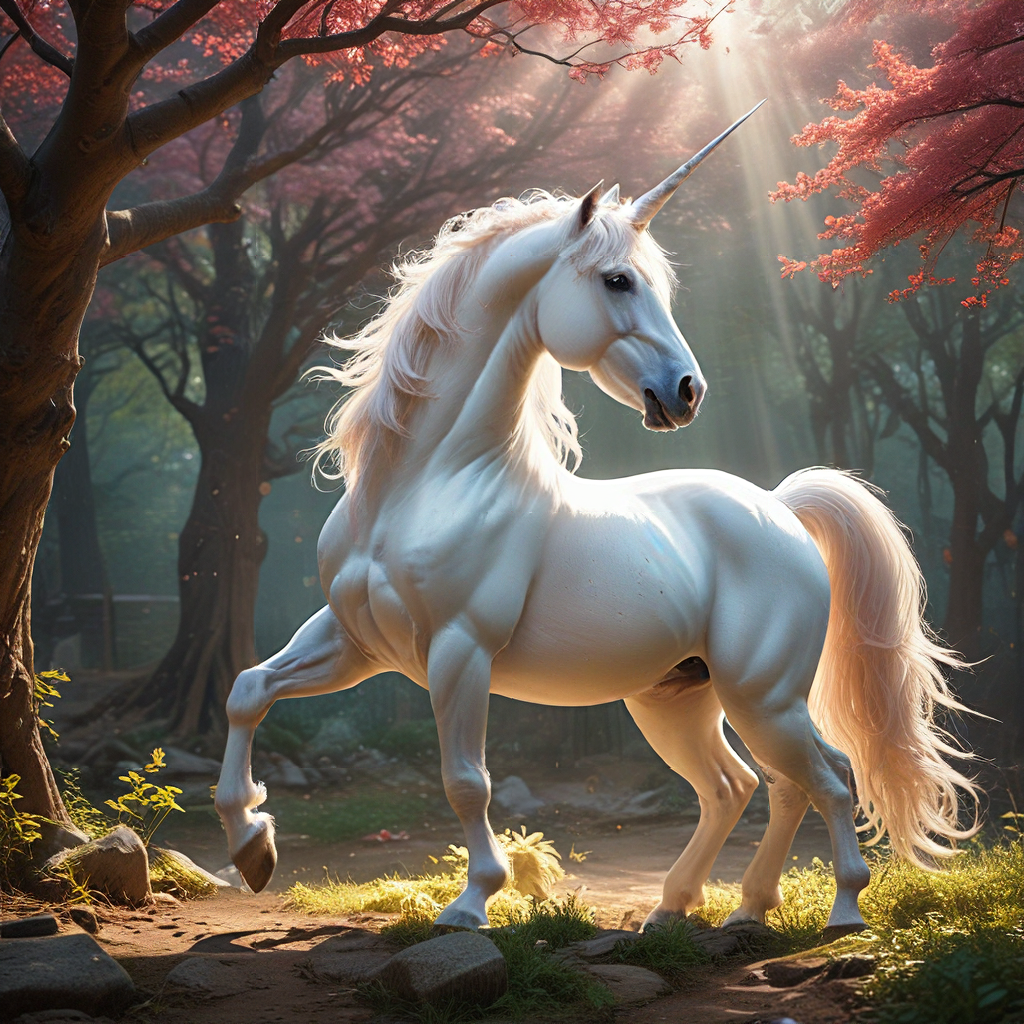The Ahuizotl: A Comparative Study with Similar Water Creatures in Global Mythology
I. Introduction
The Ahuizotl is a legendary creature from Aztec mythology, often depicted as a dog-like aquatic being with a hand at the end of its tail. It is a fascinating representation of the complex relationship between humans and water in mythological narratives. Throughout history, water creatures have played significant roles in various mythologies, symbolizing both danger and protection. This article aims to explore the Ahuizotl in detail and compare it with similar water creatures from global mythologies to understand their cultural significance and shared themes.
II. The Ahuizotl: Origins and Characteristics
A. Historical context in Aztec mythology
The Ahuizotl is rooted in the rich tapestry of Aztec mythology. It was believed to inhabit lakes and rivers, luring unsuspecting victims to their watery graves. The creature was often associated with the underworld and was feared by those who lived near bodies of water.
B. Physical traits and attributes
Described as having the body of a dog, the Ahuizotl is characterized by its long, sleek form, sharp teeth, and an elongated tail that ends in a human-like hand. This unique feature allowed it to grasp its prey, making it a formidable predator in the mythological landscape.
C. Behavioral aspects and significance in folklore
The Ahuizotl was known for its cunning nature, often using its charm to attract victims before dragging them underwater. It served as a cautionary tale for those who ventured too close to the water, symbolizing the dangers lurking in nature and the need for respect towards the natural world.
III. Water Creatures in Global Mythology
A. Overview of water creatures across different cultures
Water creatures feature prominently in mythologies worldwide, from the sirens of Greek mythology to the naga of Hindu traditions. These beings often embody the duality of beauty and danger, representing the unpredictable nature of water.
B. The role of water in mythological narratives
- Water as a source of life and fertility
- Water as a boundary between worlds (e.g., the living and the dead)
- Water as a transformative element in stories of creation and destruction
C. Common themes associated with water creatures
Mythological water creatures often share common themes, such as:
- Transformation and fluidity
- Guardianship of water sources
- Embodiment of the unknown and the subconscious
IV. Comparative Analysis: The Ahuizotl and the Nuckelavee
A. Description of the Nuckelavee in Scottish folklore
The Nuckelavee is a fearsome creature from Orcadian folklore, often depicted as a horse-like being with a human torso fused to its back. It is known for its grotesque appearance and malevolent nature, bringing drought and disease wherever it roams.
B. Similarities in physical traits and behavior
Both the Ahuizotl and the Nuckelavee are aquatic creatures associated with danger and death. They share similarities in their fearsome appearances and predatory behaviors, serving as warnings to those who disregard the power of nature.
C. Cultural significance and moral lessons
Both creatures exemplify the moral lessons inherent in their respective cultures—respect for nature and caution against the consequences of hubris. They remind communities of the potential perils present in the natural world.
V. Comparative Analysis: The Ahuizotl and the Makara
A. Description of the Makara in Hindu mythology
The Makara is a mythical sea creature in Hindu mythology, often depicted as a hybrid of various animals, such as a crocodile and an elephant. It is frequently associated with water bodies and is considered a vehicle of the river goddess Ganga.
B. Similarities in symbolism and aquatic representation
Both the Ahuizotl and the Makara embody the duality of water as a nurturing and destructive force. While the Makara is often seen as a protector of water, the Ahuizotl represents the dangers that can arise from the water’s depths.
C. The role of the Makara in religious and cultural contexts
The Makara plays a significant role in Hindu iconography and religious narratives, symbolizing the journey of the soul and the connection between the earthly and the divine. In contrast, the Ahuizotl serves more as a cautionary figure, emphasizing the need for respect towards the natural world.
VI. Comparative Analysis: The Ahuizotl and the Selkie
A. Description of the Selkie in Celtic folklore
Selkies are enchanting creatures in Celtic mythology, depicted as seals that can shed their skin to become human. They embody themes of transformation and the complex relationship between humans and the sea.
B. Examination of transformation and duality themes
Both the Ahuizotl and the Selkie illustrate themes of transformation—one as a predatory force and the other as a symbol of longing and love. The Ahuizotl’s transformation into a deceptive lure contrasts sharply with the Selkie’s desire to connect with humanity.
C. The relationship between humans and water creatures
The Selkie’s stories often explore love and the bittersweet nature of relationships, whereas the Ahuizotl warns of the dangers that can arise from underestimating the power of water creatures. Together, they reflect the complexities of human interactions with the aquatic realm.
VII. Themes and Motifs in Water Creature Mythology
A. Common motifs: transformation, duality, and danger
Water creature mythology frequently revolves around themes of transformation, duality, and danger. These motifs highlight the multifaceted nature of water and its inhabitants.
B. The role of water creatures as guardians or harbingers
Water creatures often serve as guardians of aquatic realms or as harbingers of misfortune, reflecting the duality of nature. They can protect sacred waters or bring calamity, depending on how humans interact with them.
C. Cultural reflections on nature and the human psyche
These mythological beings provide insight into cultural attitudes towards nature and the human psyche, showcasing our fears, desires, and respect for the natural world.
VIII. Conclusion
A. Summary of key findings
This comparative study of the Ahuizotl and similar water creatures reveals shared themes of danger, transformation, and the complex relationship between humans and water. Each culture’s mythology offers unique insights into how water is perceived and respected.
B. The significance of studying mythological water creatures
Understanding these mythological beings enriches our comprehension of cultural narratives and the values they reflect regarding nature and humanity.
C. Implications for understanding cultural narratives and environmental awareness
By studying these water creatures, we can foster greater awareness of environmental issues and the importance of respecting natural ecosystems. Mythology serves as a mirror, reflecting our relationship with the world around us and reminding us of the balance we must maintain.



